Affiliate links on Android Authority may earn us a commission. Learn more.
The mobile OLED era is only just beginning
Updated on October 5, 2017
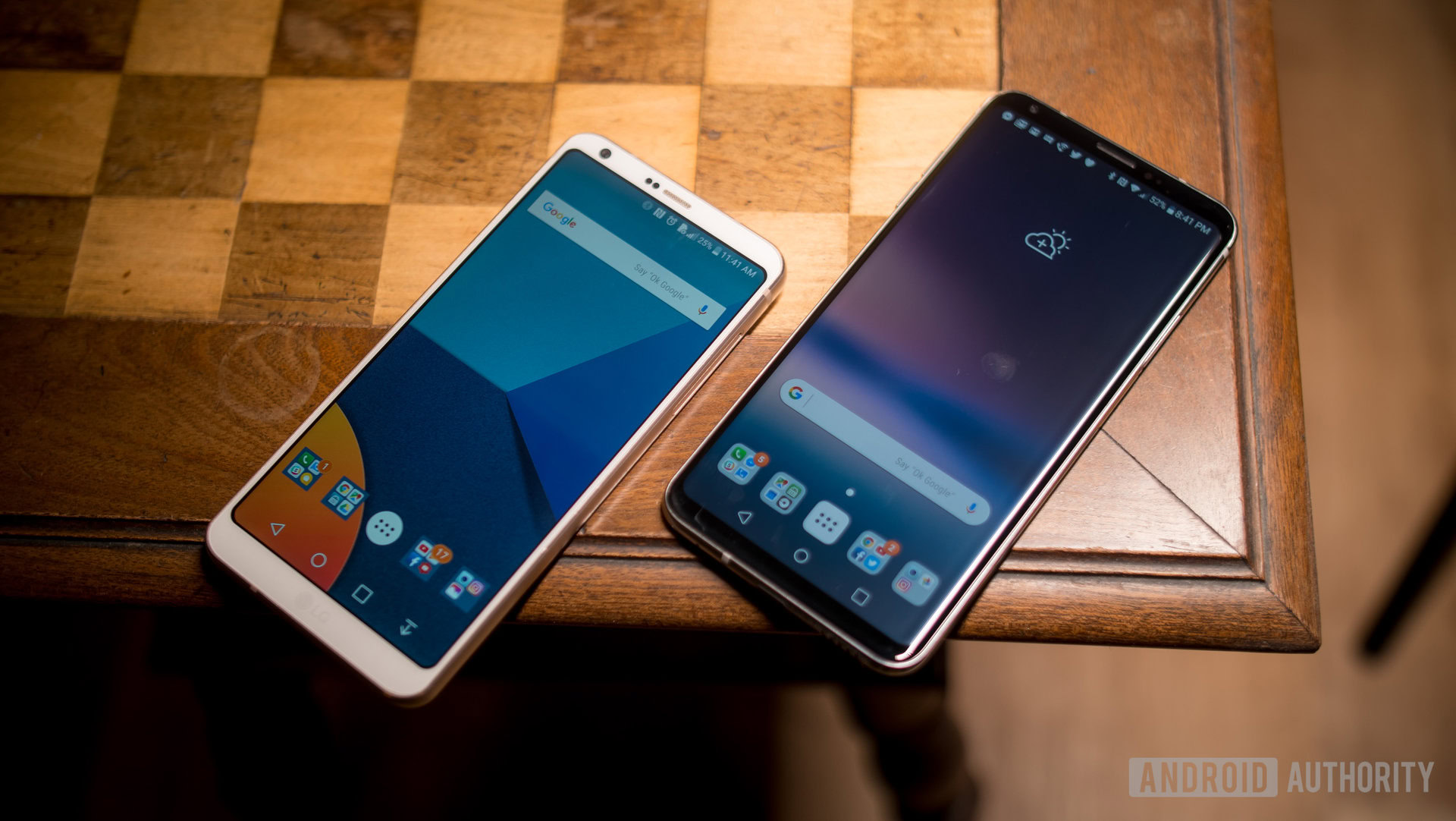
OLED is the talk of display town this year, particularly when it comes to the smartphone market. Samsung and LG have caught the attention of the design-conscious with their latest “bezel-less” panels, and there’s chatter about the first flexible designs finally making it to market in 2018. Apple’s announcement of the iPhone X is arguably even more significant, adding millions of more units to OLED demand over the next 12 months and likely beyond.
And now Google showed off its own OLED smartphones, indicating that the future is firmly in the OLED camp.
Apple’s adoption of OLED this year isn’t just significant from an industry perspective though. The launch of the iPhone X is putting OLED display technology on the map for general consumers too. Samsung has been using its AMOLED technology for years, but it wasn’t until the arrival of the Galaxy Note Edge and subsequent use of flexible OLED technology in its flagship smartphones that consumers outside the tech-sphere paid much attention.
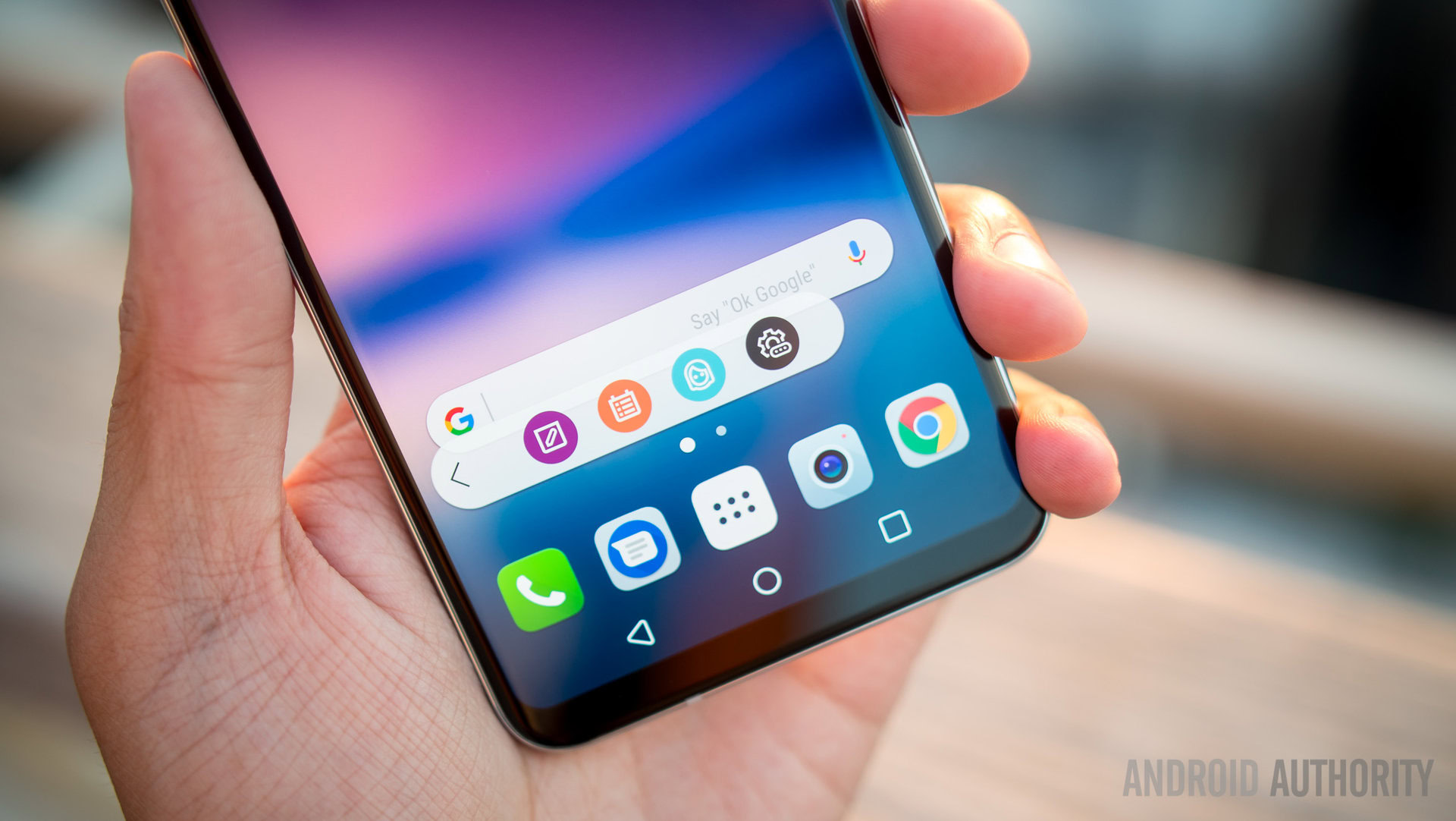
The big question now is whether there will be enough OLED supply to go around.
Ramping up supply
Samsung Display’s early decision to focus on OLED rather than LCD mobile display technology has paid dividends now that the technology is seeing greater appeal in mobile. The company is by far the largest smartphone OLED panel manufacturer, catering to 97 percent of the market in Q1 2017 and shipping the vast majority of the 400 million panels produced in 2016. Currently, Samsung Display is the only volume supplier in the market.
LG Display took the opposite approach, focusing on large TV panel OLED production early and only recently transitioning over to ramping up mobile sized OLED production. LG Display will be able to offer volume for larger smartphone launches once its plants at Paju and Gumi are running at higher capacity. LG Display is targeting the capability to pump out 120 million 6-inch smartphone displays.
OLED's major commercial breakthrough has come thanks to the development of new form factors. With Apple now on-board, we can expect even more manufacturers and consumers to want the technology.
Observing the growing demand, a number of other panel manufacturers are pushing ahead with their own plans to increase OLED panel production. Suppliers from China have been making aggressive capital investments in recent years, including BOE, Tianma, China Star, EDO, Visionox, Truly and others. These companies will be needed in China’s many smartphone manufacturers want to keep up with the display technology shifts already taking place at Apple and Samsung.
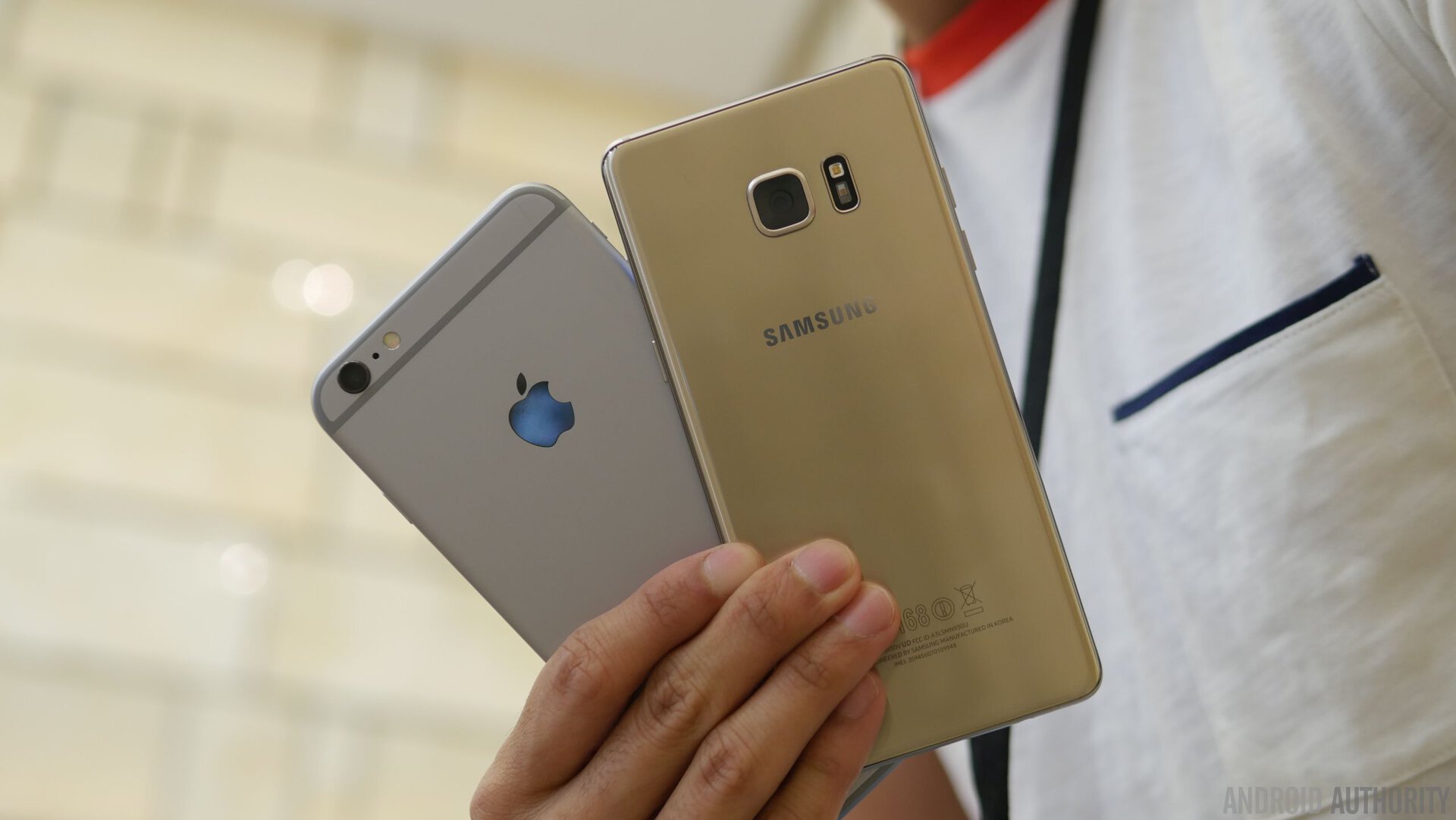
However, China’s OLED manufacturers aren’t expected to be able to produce meaningful panel quantities until sometime in late 2019 or 2020. Furthermore, due to the complex production techniques needed for flexible designs, it could take even longer before we see high yields of high resolution flexible OLED panels from these manufacturers. In the short term, Samsung and LG Display are going to be the most sought after suppliers.
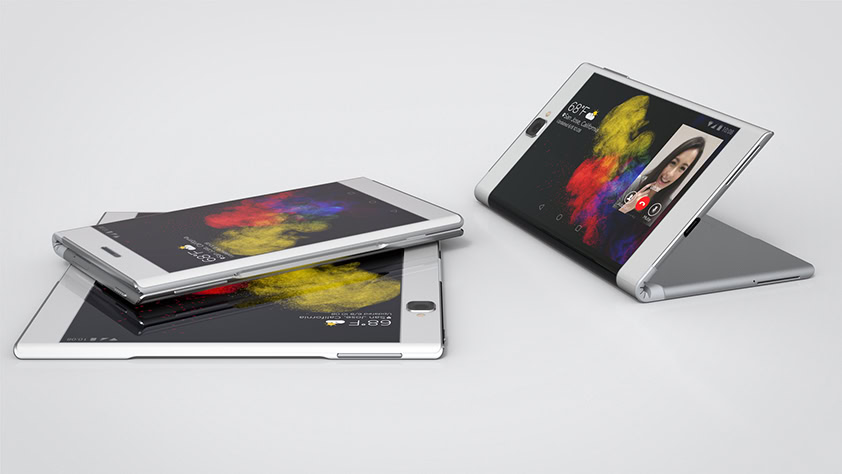
Bendable and foldable designs
Taking this drive for product differentiation a step further, we arrive at the future of bendable and flexible products and display. While we’ve been hearing about various prototypes and rumored product launches for what seems like forever now, if there’s one display technology that can possibly help make these products a reality it’s OLED.
The use of plastic substrates has already allowed Samsung and LG to produce curved OLED panels, and the next evolution will be increasing this flexibility and panel durability to survive the stresses of repeated bending and flexing. There’s a growing expectation that Samsung, possibly Lenovo, and maybe others will release their first generation designs sometime in 2018.
First generation bendable products are likely to be small runs, possibly limited to select regions where these type of products will have the most appeal.
However, the first launches of any such products are likely to be small runs, possibly limited to select regions where these new designs will have the most appeal. These may possibly be reserved for home markets like South Korea or China.
It’s likely that display manufacturing techniques still need longer to mature before a major high-end consumer launch could take place. Plastic layers will need to be made thinner still, yet panels will still need to be even more durable, and yields high enough to make manufacturing profitable. We also haven’t seen how these tweaks to production will affect important display aspects like resolution, color reproduction, and brightness.
There are still a lot of unknowns when it comes to highly flexible displays and products. It’s likely that OEMs will play it safe with smaller launches to avoid putting consumers off the idea if first generation products aren’t quite up to scratch. It may not be until beyond 2019 before a major bendable smartphone launch hits the market.
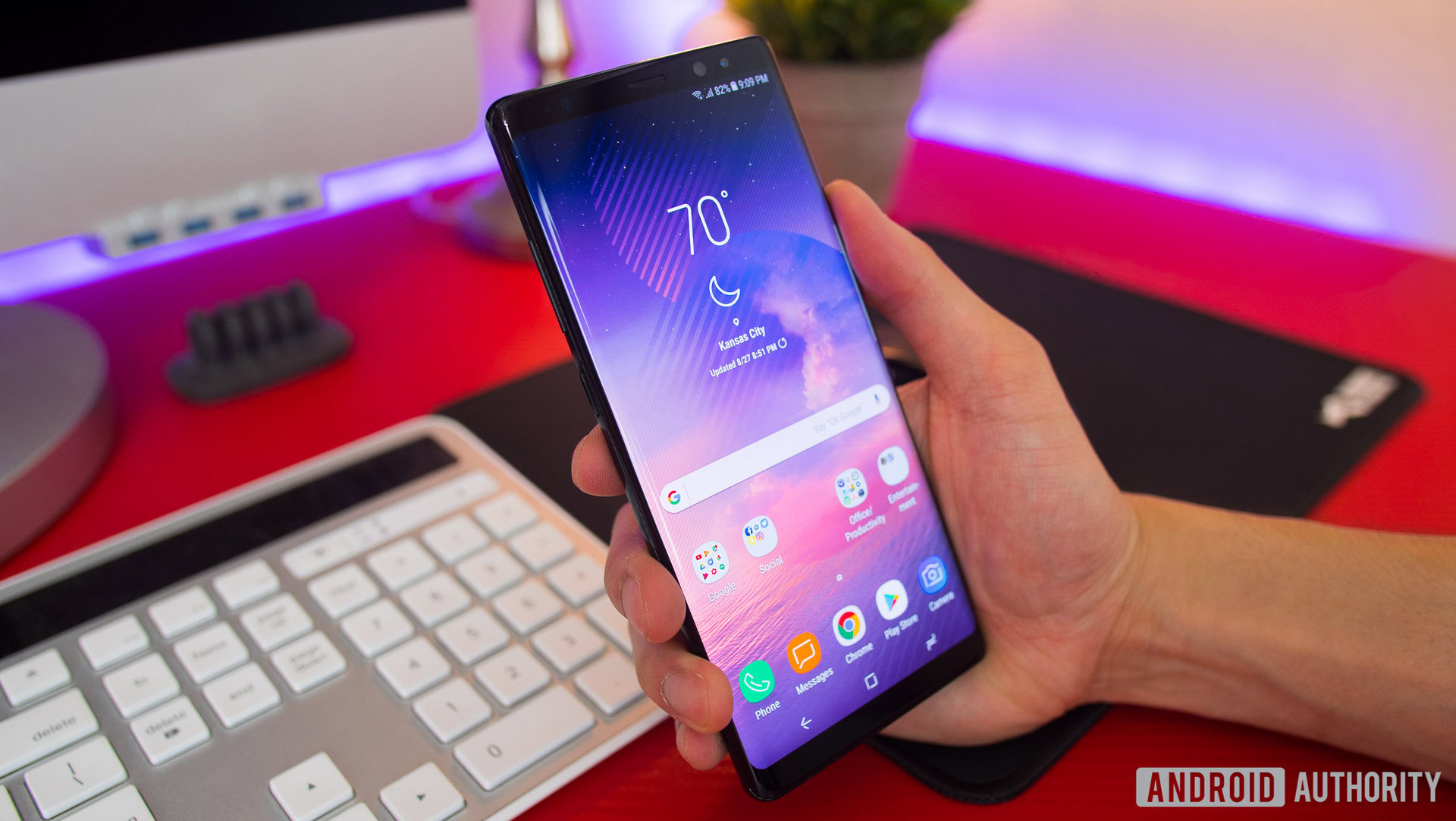
Wrap Up
OLED display technology has been around in smartphones for years now, but it’s only just hitting its prime. With Apple, Samsung, LG, and others increasingly turning to high-end OLED panels in their flagship phones, we are bound to see more and more companies pick up the technology for bezel-less or other bold designs. Further down the line, the prospect of flexible products will keep the technology relevant for years to go.
To fill all this demand, Samsung Display, LG Display, Japand Display, and an array of manufacturers in China are pumping major investments into the OLED production capabilities, which will come to fruition throughout 2019. Over the next couple of years, OLED looks ripe to hit a stride with bountiful demand and supply.